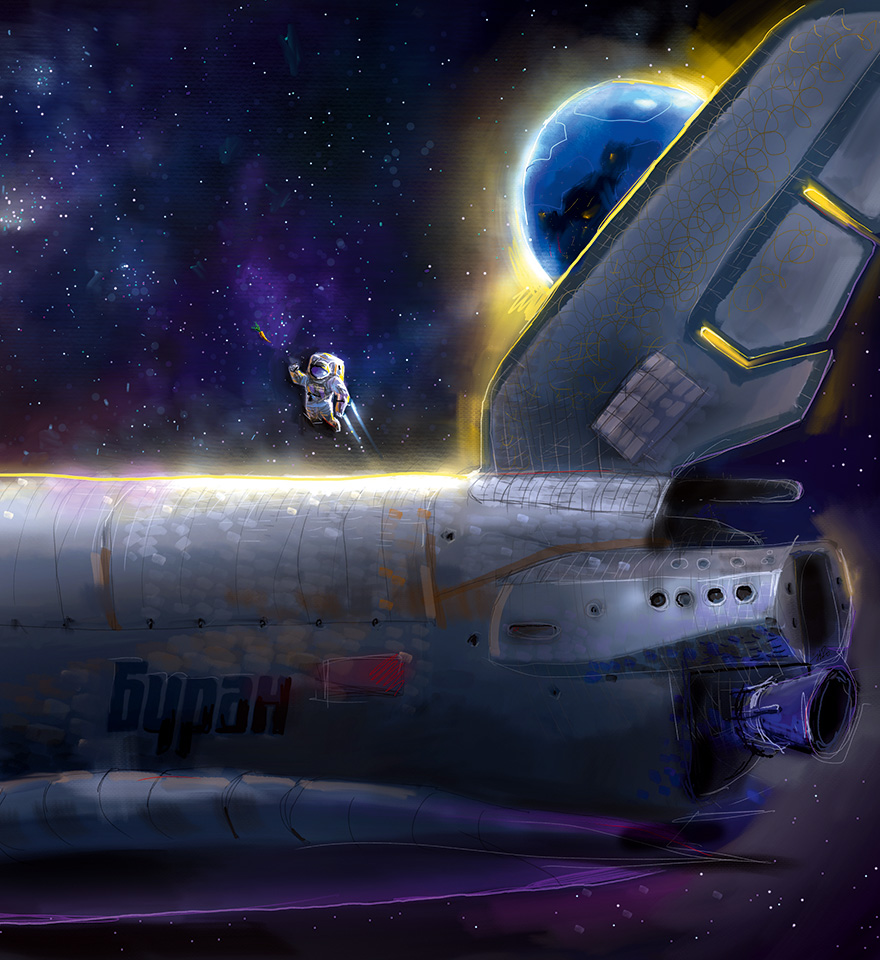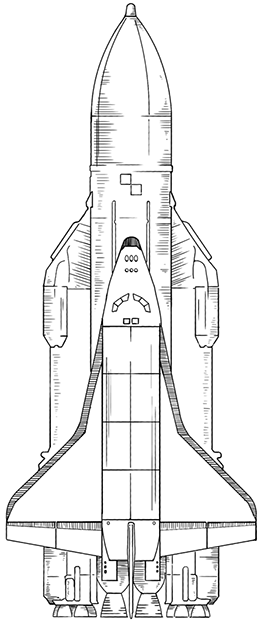GlushkoValentyn
September 2, 1908, Moscow. Odesa, Russian Empire (now Ukraine) —
January 10, 1989, Moscow, USSR (now Russia)
The most powerful liquid-fueled rocket engine
Two and a half million specialists, ten years of top-secret work, and the world’s most powerful liquid-fueled rocket engine... and all this to launch into space the most complicated spacecraft that has ever been created — Buran.

After Yuri Gagarin’s first flight in space and Neil Armstrong’s visit to the Moon, it seemed that people would fly into space on a daily basis — for business or pleasure. However, the construction of new rockets or spaceships for every trip is a complicated task. So, the engineers decided to build reusable spacecraft. The Americans were the first to design rocket-launched spacecraft for repeated journeys. And they simply named them Space Shuttles. And maybe they would be called the most complicated of all spacecraft that have ever been created if it were not for the space race between the United States and the Soviet Union.
The USSR already had the following achievements:
- the launch of the first artificial Earth satellite;
- the first animals to cross the Karman line, that is they were launched into space. No, it wasn’t Belka and Strelka, they made a flight later. Dezik and Tsygan went into space that time and returned alive to Earth;
- the first human spaceflight;
- the first female cosmonaut;
- the first automatic stations to reach the Moon.
The United States’ achievements included:
- the landing of the first humans on the Moon. And then the second ones, and the third ones, and even a few more times. A total of 12 astronauts visited the Moon.
It was difficult to survive the defeat in the Moon landing. And then appeared the American reusable spacecraft that was about to take off. So, the USSR started building their own.
Outwardly, the Buran resembled shuttles. Soviet designers deliberately repeated the shape of American spacecraft. There was no time to look for the optimal geometry, and they believed that the Americans had already done it. But when it came to spacecraft equipment, launch method, and control... almost everything was different.
Energia, a super-heavy lift launch vehicle, was supposed to launch Buran. Its first stage had a four-chamber

Reusable Energy-Buran space transport system
After launching from the spaceport at the 140th second of flight at an altitude of approximately 53 kilometers and a speed of 1.8 km/s, the first stage blocks were separated from the rocket two by two, and in
The first launch took place on November 15, 1988. Energia put Buran into low-Earth orbit, where it circled the Earth twice. After that, it left orbit, passed through the dense layers of the atmosphere, and headed for the runway near the Baikonur Cosmodrome. It landed, with 3 meters deviation from the runway centerline. Incredible piloting skills! But wait, there were no pilots in there! The full flight was completed on autopilot. The other countries became able to repeat it only years later.